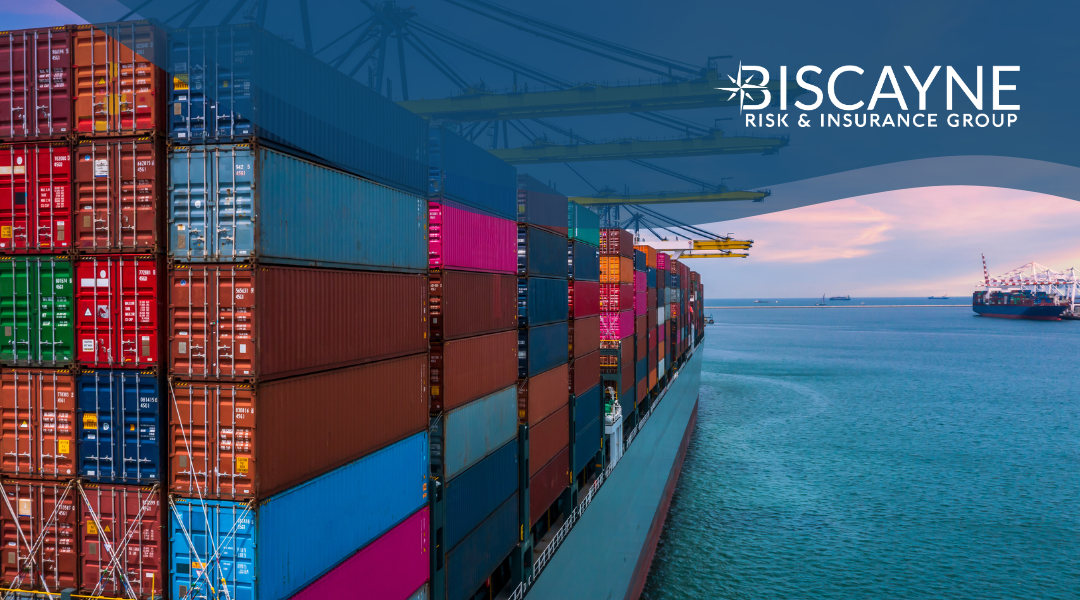Table of Contents
Navigating the broad spectrum of different insurance coverages and their related costs can be overwhelming at times, but it doesn’t have to be a headache. For companies that transport goods or equipment, understanding the cost of Inland Marine insurance is crucial. In this blog, we will explore the intricacies of Inland Marine insurance costs and the factors that influence these rates.
When Do You Need Inland Marine Insurance?
Before diving into the cost factors, it’s essential to identify when individuals or businesses require Inland Marine insurance. Contrary to its name, Inland Marine insurance does not typically cover seagoing activities. Instead, it safeguards against the loss or damage of property while it is in transit over land or being stored temporarily off-site.
Companies engaged in transporting goods, equipment, or materials via trucks, trains, or other land-based transportation means can find Inland Marine insurance useful. This coverage extends beyond the limitations of standard property insurance, offering protection for items in transit or stored in locations outside your primary facilities.
Factors Influencing Inland Marine Insurance Costs
Understanding Inland Marine insurance costs involves considering various factors that insurers take into account when determining rates. Here are some of the elements that influence costs:
Nature of Shipped Goods: The type of goods being transported significantly affects insurance rates. High-value or delicate items may incur higher premiums due to increased risk.
Transportation Methods: The mode of transportation, whether by truck, train, or other means, plays an important role in determining costs due to varying risks.
Distance and Routes: The distance traveled and specific routes taken are crucial considerations. Longer distances may result in higher premiums.
Storage Conditions: Inland Marine insurance covers goods temporarily stored off-site. The security and overall condition of these storage locations can impact costs.
Coverage Limits and Deductibles: Customizing coverage limits and deductibles allows businesses to tailor their policies. However, higher coverage limits and lower deductibles often result in increased premiums.
Claim History: A company’s claim history, particularly related to goods in transit and storage, are a key factor in determining insurance costs.
The cost of Inland Marine insurance is influenced by a variety of factors, but generally speaking, the lower the risk of your operations, the lower your rates will be.
Keeping Insurance Costs at Bay With Biscayne Risk
Navigating the complexities of Inland Marine insurance and the factors that influence costs requires a knowledgeable partner in the industry. At Biscayne Risk, our insurance services are tailored to help businesses of all sizes manage their insurance costs, ensuring comprehensive coverage at the best available rates. We understand the unique needs of companies that transport or store goods off-site and can provide risk management strategies to safeguard your valuable assets. Please contact us today to set up an appointment and learn more about how our tailored insurance services can grant you peace of mind.

